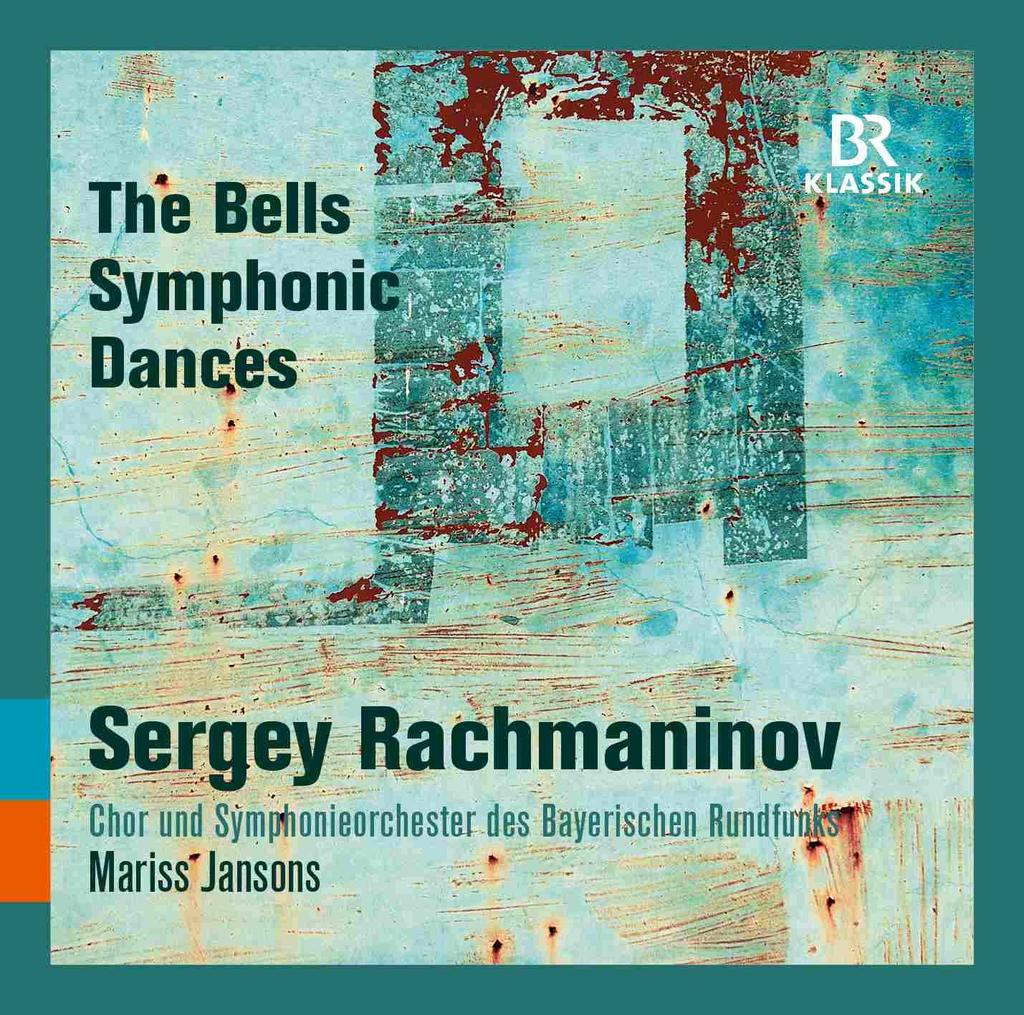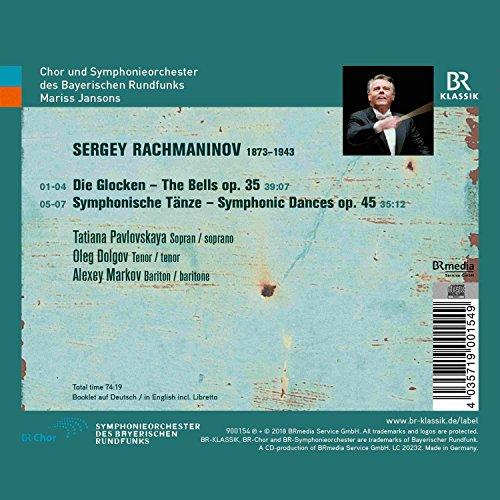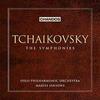Introduction
[Program]
Choral Symphony "The Bells," Op. 35 / 1. Allegro ma non tanto / 2. Lento / 3. Presto / 4. Lento lugubre / 5. Symphonic Dances, Op. 45
[Performers]
Tatyana Pavlovskaya (soprano) / Oleg Dolgov (tenor) / Alexei Markov (baritone) / Mariss Jansons (conductor) / Bavarian Radio Chorus (chorus conductor: Peter Dijkstra) / Bavarian Radio Symphony Orchestra
[Recording Information]
Recorded at Munich's Herkulessaal / January 14-15, 2016: 1-4 / January 26-27, 2017: 5
Mariss Jansons and the Bavarian Radio Symphony Orchestra's new album is a collection of two Rachmaninoff works. Rachmaninoff's choral symphony "The Bells," composed in 1913, uses texts from a poem by Edgar Allan Poe translated into Russian by Konstantin Balmont. The sound of bells, familiar to him from childhood, is a sound that could be said to be the origin of Rachmaninoff's creative endeavors, and his attempt to express the four turning points of life through the sound of bells greatly stimulated his creative impulses. It is said that Rachmaninoff was so fond of this piece that he even called it "his own Symphony No. 3." His other work, "Symphonic Dances," composed in 1940, was Rachmaninoff's final work. Originally conceived as a dance piece, the first movement contains quotes from his "failed" Symphony No. 1, and the theme from Rachmaninoff's beloved "Day of Wrath" appears throughout the piece, creating a work that blends anxiety and enthusiasm. Jansons has a wide repertoire, but he has only recorded a few Rachmaninoff works, primarily with Russian orchestras, and this album marks his first with the Bavarian Radio Symphony Orchestra. Jansons's extraordinary confidence is evident in his performance, as he chose "The Bells," a large-scale vocal work, and his late masterpiece, "Symphonic Dances," rather than a symphony or piano concerto.
Media reviews and more
Marisse Jansons and the Bavarian Radio Symphony Orchestra's new album is a collection of two Rachmaninoff works. Jansons' extraordinary confidence is evident in his performance, as he chose "The Bells," a large-scale vocal work, and his late masterpiece, "Symphonic Dances," rather than a symphony or piano concerto. (C)RS





























